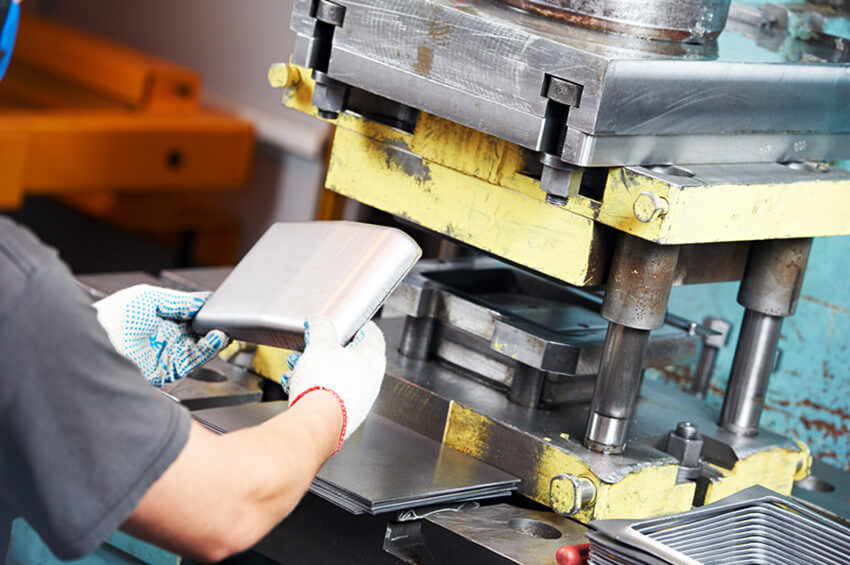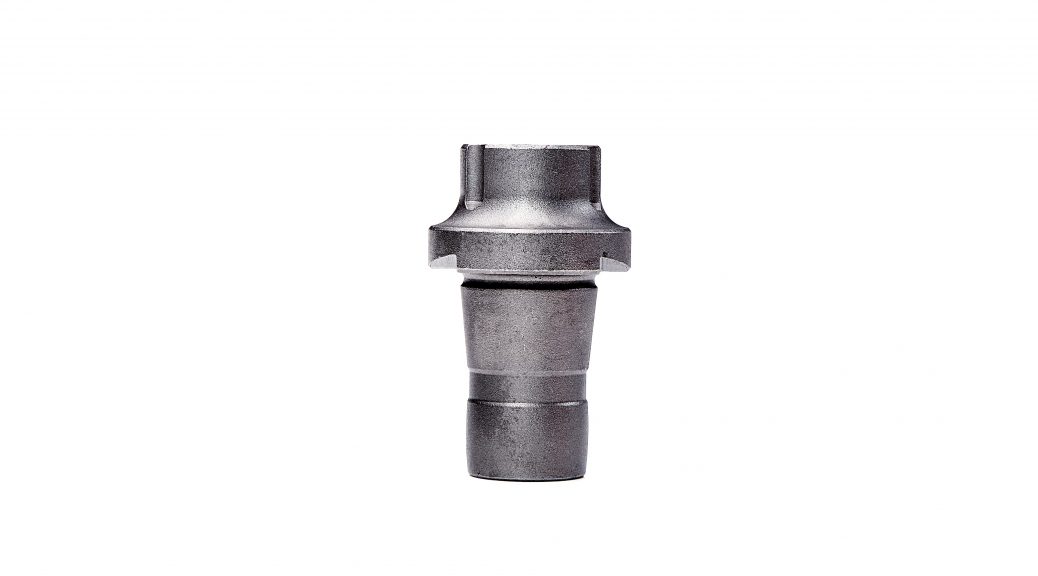Forging vs. Extrusion: Basics You Should Know
If you visit metal parts manufacturing factories, you will realize many methods of forming metals parts. But the most commonly used metal forming methods are forging and extrusion. So what are the major differences between the two? This article will discuss the forging and extrusion methods, their differences, pros, and cons. Check out the following:
Forging
Forging is a manufacturing method where metals are exposed to massive compression forces to reform to different shapes and designs. Various ways are used under the forging method depending on the temperature needed for the metal parts to become flexible and ready for reformation. The most common methods used are the hot forging process and the warm forging process.
The hot forging process is where metal parts are heated under very high-temperature ranges; above the recrystallization point. Metals that are formed through the forging method possess unique, durable features.
Pros of Forging
- Metals parts produced are durable and not easily worn out
- Metal parts have great structural and mechanical strength due to the bold grain structure formed after heating.
- Metal parts are shaped easily due to the plasticity nature, hence reduction in labor
- The method Eliminates surface porosity and internal voids because of the isothermal process used in surface finishing.
Cons of Forging
- Forging, especially hot forging, is limited to simple shapes
- It is challenging to acquire and maintain tight tolerance
- Metal parts forded are prone to oxidation because of high temperatures.
Extrusion
Extrusion is a manufacturing process where a billet of material is pushed and drawn through a die to create desired shaped parts. Metal parts are pressed at high pressure. Hot extrusion helps eliminate pores and voids in the workpiece that can cause weakness, while cold extrusion gives the workpiece a better surface finish, strengthen the parts, and gives it greater geometric accuracy on smaller short lengths of cuts made.
Pros of Extrusion
- The process is fast and efficient for high volumes

